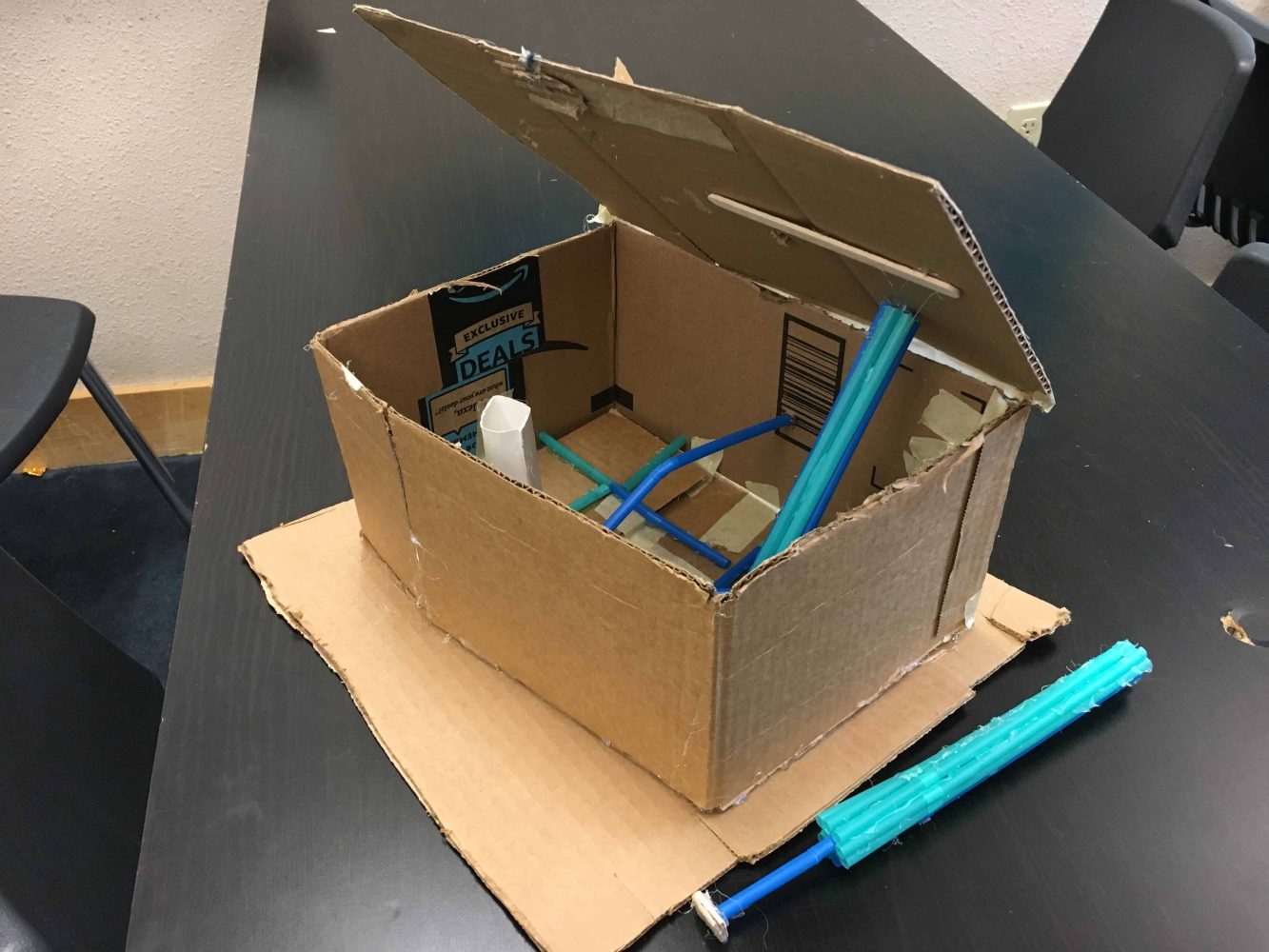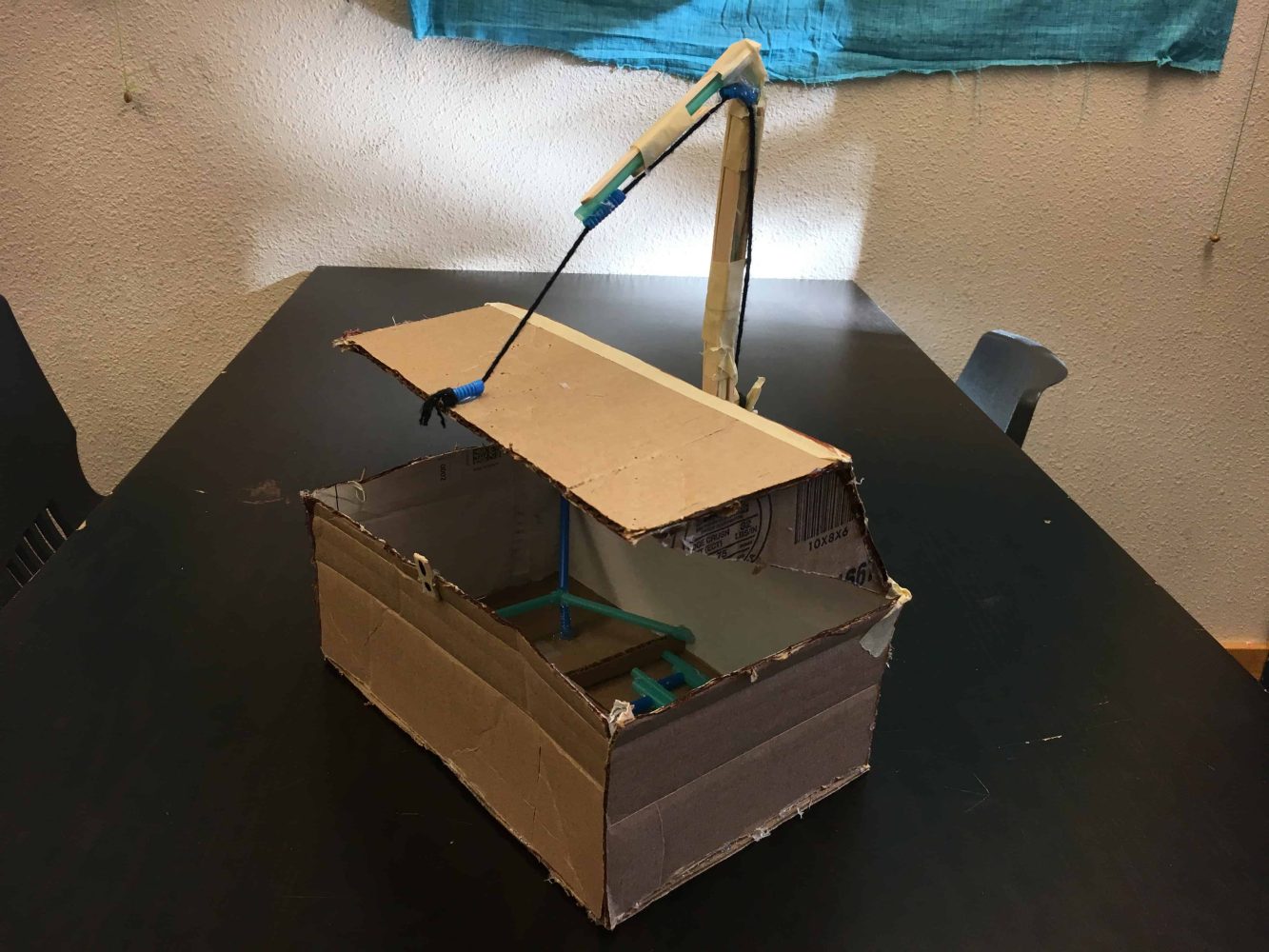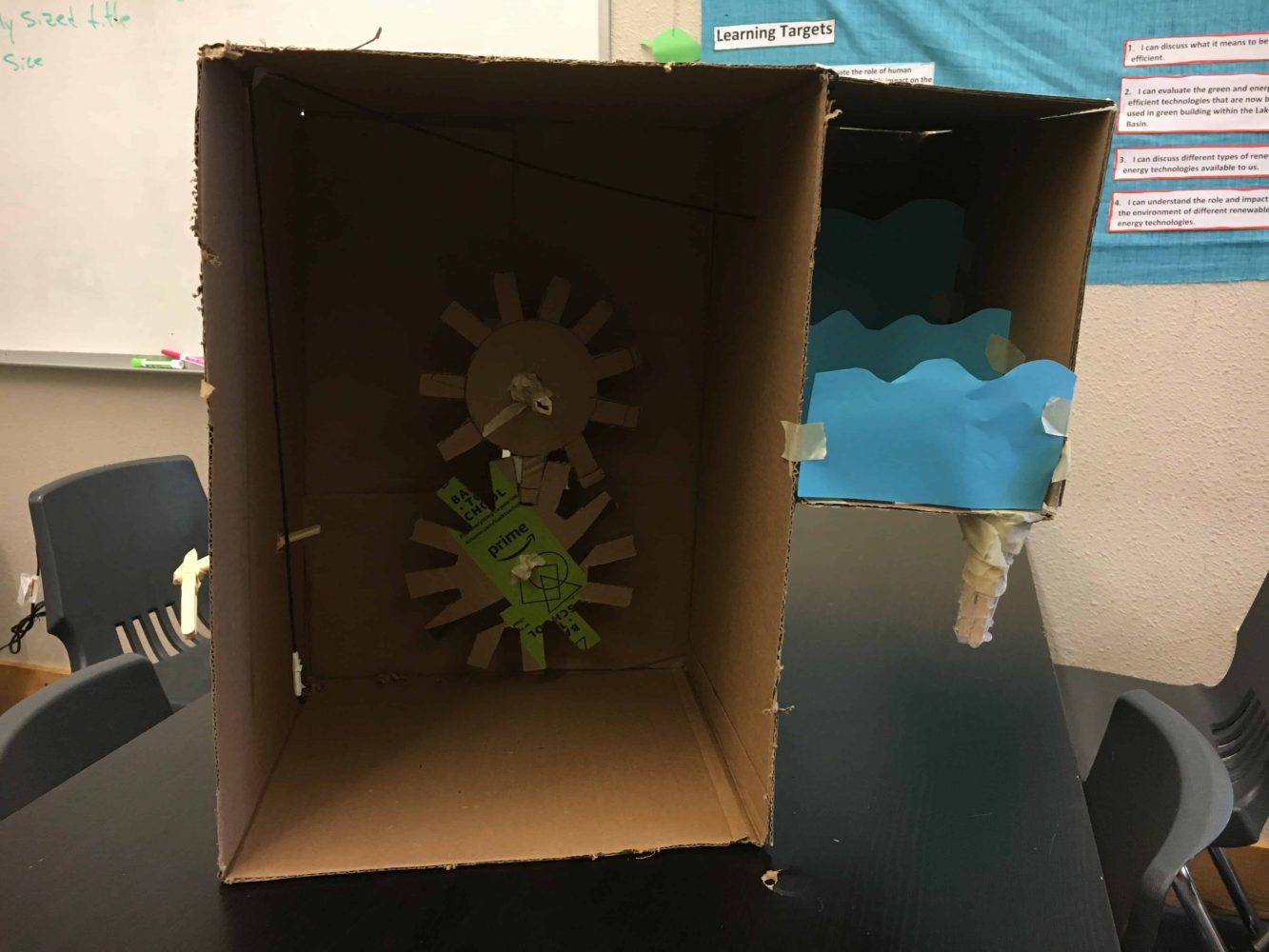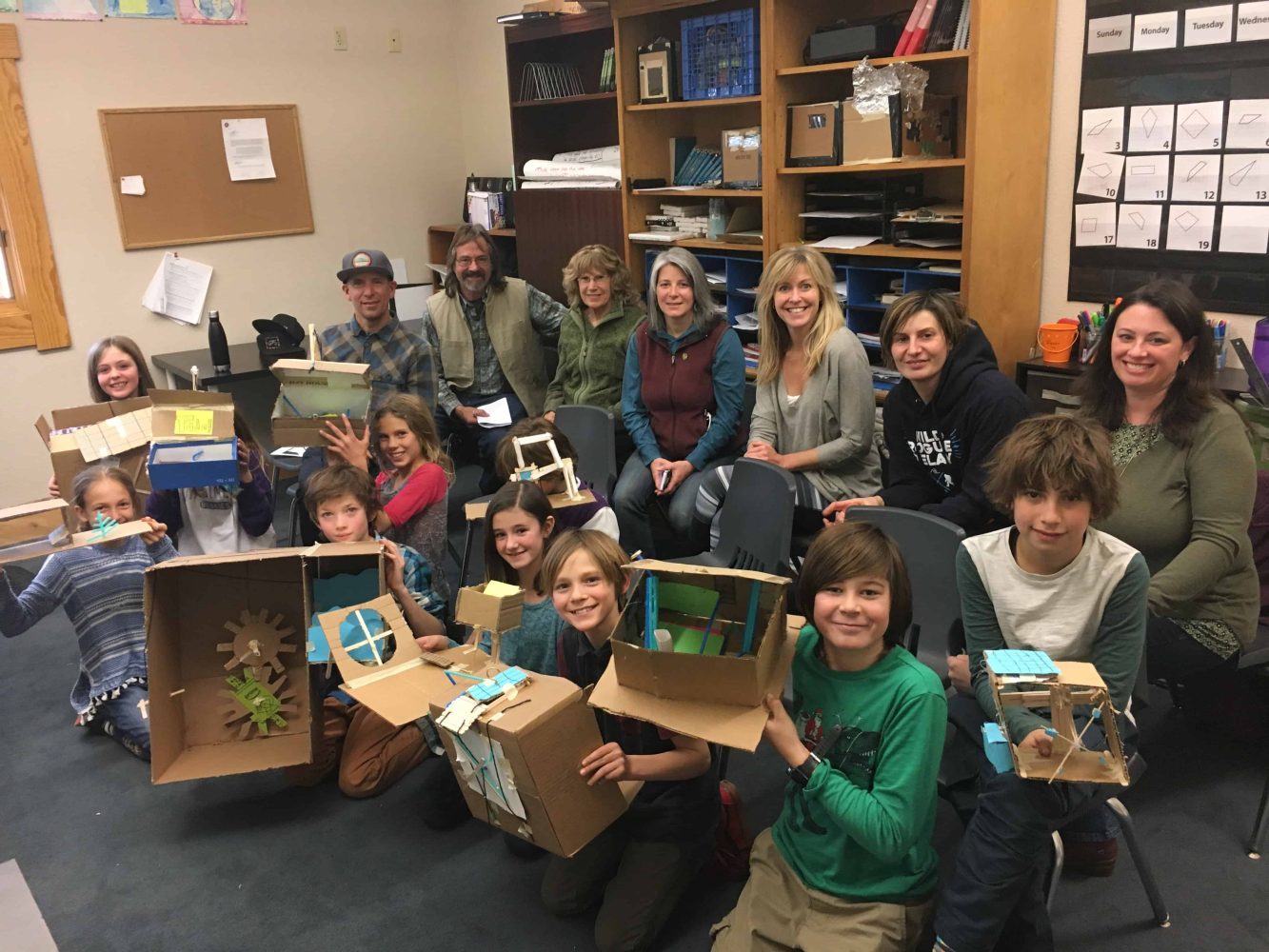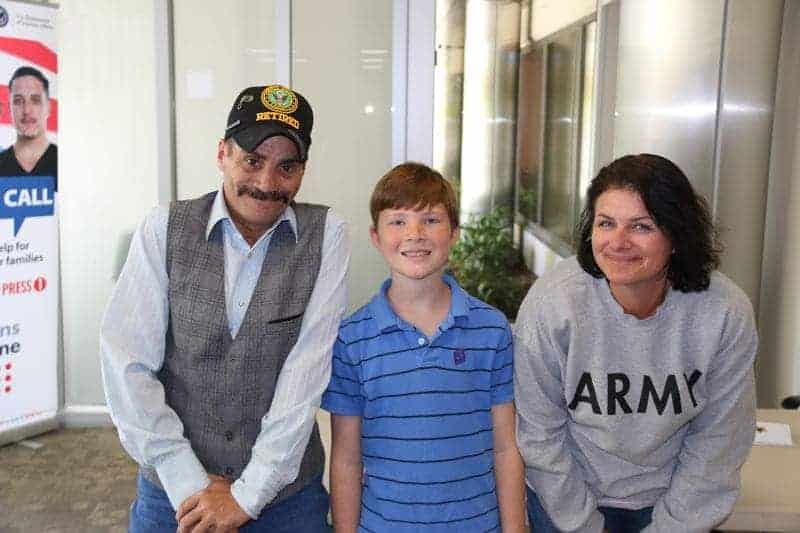Designing Green Energy Devices for the Animal Ark Wildlife Sanctuary
Through This Project, 5th-Grade Students Become Fluent in the Languages of STEAM
It was an exciting day, to say the least. The 5th-grade Blackwood Crew was headed off to The Animal Ark to learn about their off-grid capabilities and use of solar and wind power. The Animal Ark is an amazing place if you have not been. Since 1981, Animal Ark has provided a safe haven for injured, abandoned and otherwise non-releasable wildlife. It is located north of Reno on thirty-eight acres and primarily features native North American predators, though a few exotic species have found a home there. The Animal Ark educates tens of thousands of children and adults a year about ecological principles and wildlife by providing special programming events and educational tours. For more information on The Animal Ark, please visit their website.
While the students were able to check out the animals at the park, that was not their only reason for being there. The Blackwood Crew had been presented with a real-world problem to solve – can they design and produce a piece of green technology that will enable the Animal Ark to remain off the grid?
This semester-long learning expedition called Consumption Presumption focuses on sustainability, population growth, alternative energy, energy efficiency and green building. The expedition includes meeting with numerous experts in the field, as well as running a semester-long science experiment. This is a fun and informative STEAM (science, technology, engineering, art, and math) heavy expedition that culminates in green tech models and a life-size, working piece of green tech that will be used at the Animal Ark.
The kick off field studies took the students to the North Tahoe Marina, the Verdi Hydroelectric Plant, and the Tesla Gigafactory just outside of Reno, NV. During these experiences, the 5th grade Blackwood crew looked at sustainability in the grey area, carbon footprints and natural resources. Through visits to these real-world companies, the students are able to see how the triple bottom line of sustainability is put into action. From the Verdi Hydroelectric plant that utilizes the Truckee River to produce electricity, to the game-changing innovation at the Tesla Gigafactory, the students were able to see the full range of old word and new world green technology.
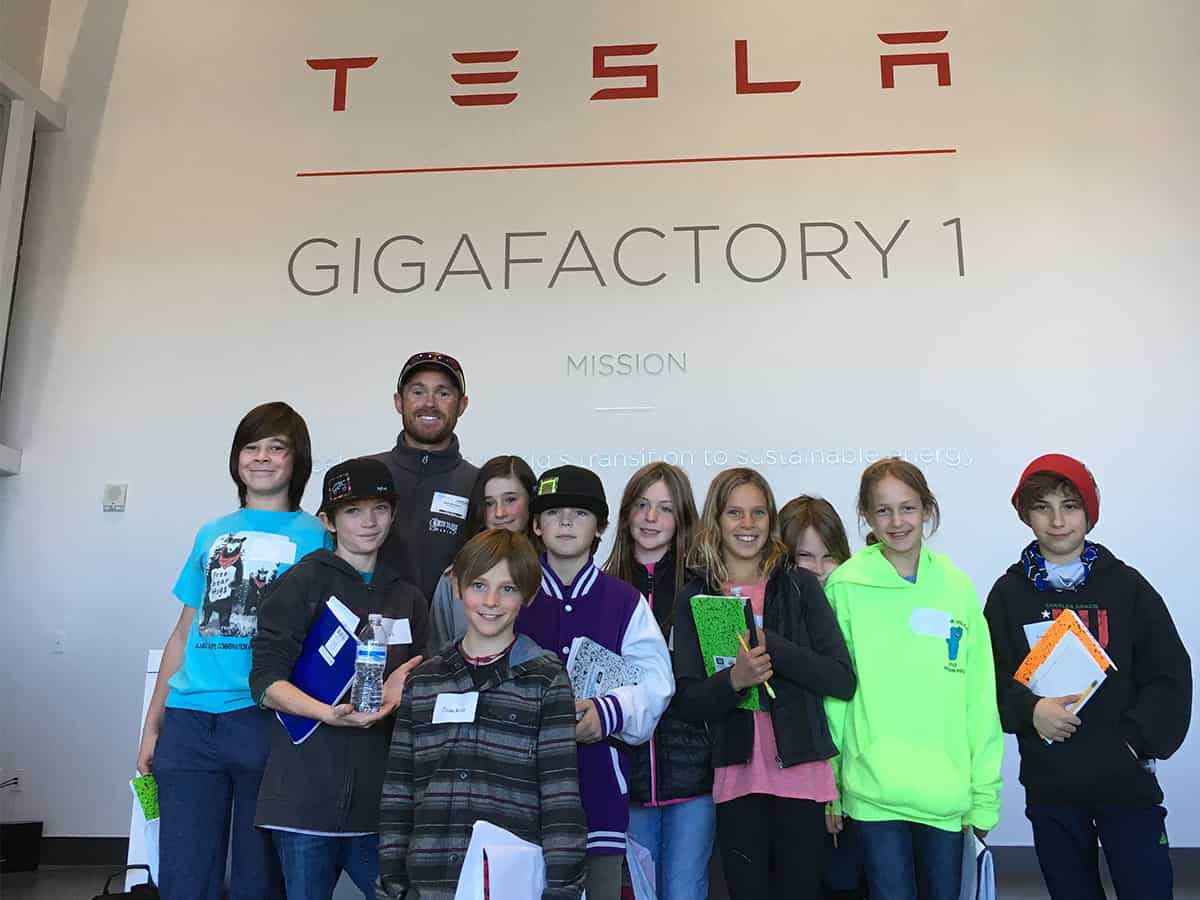
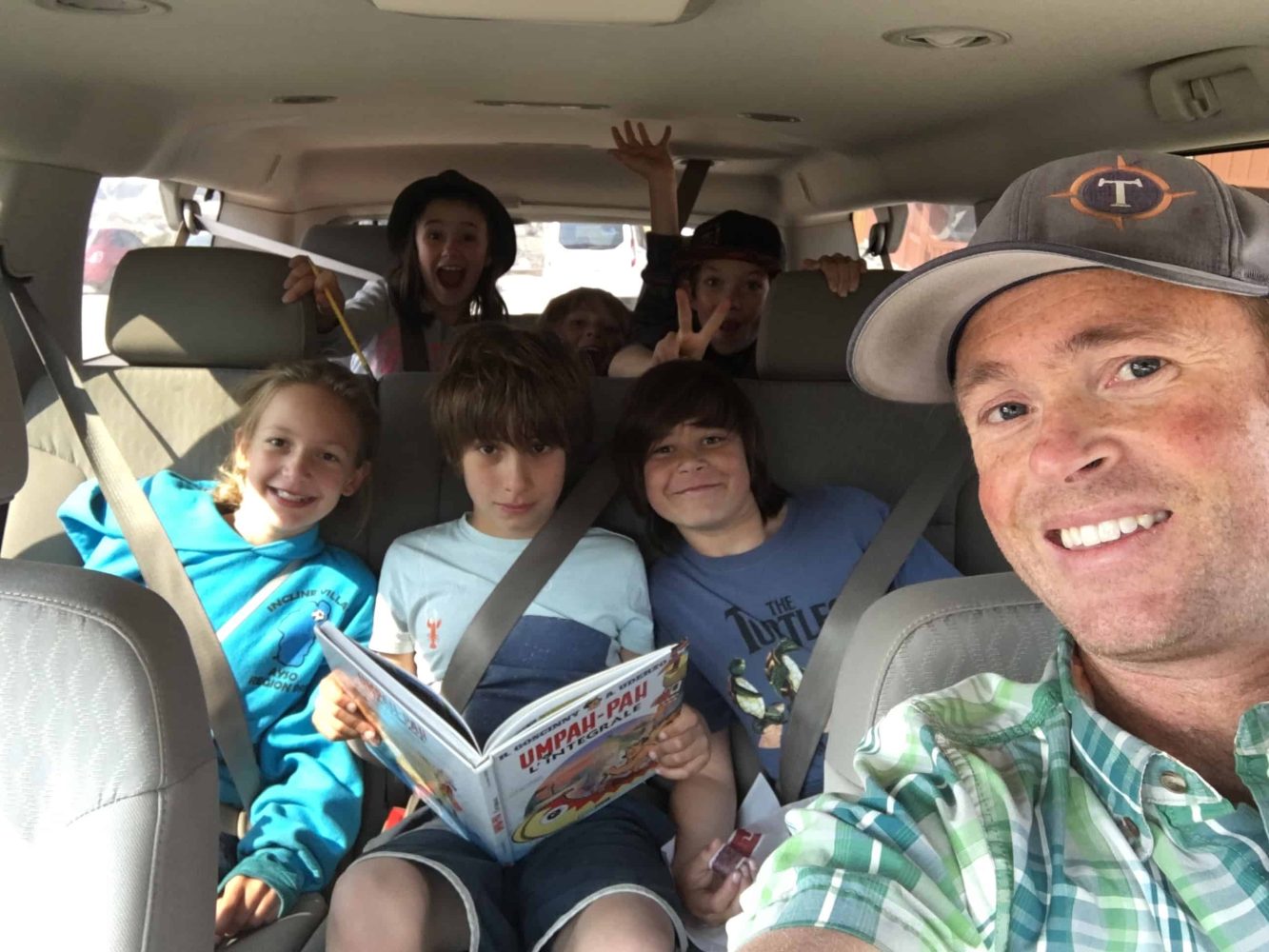
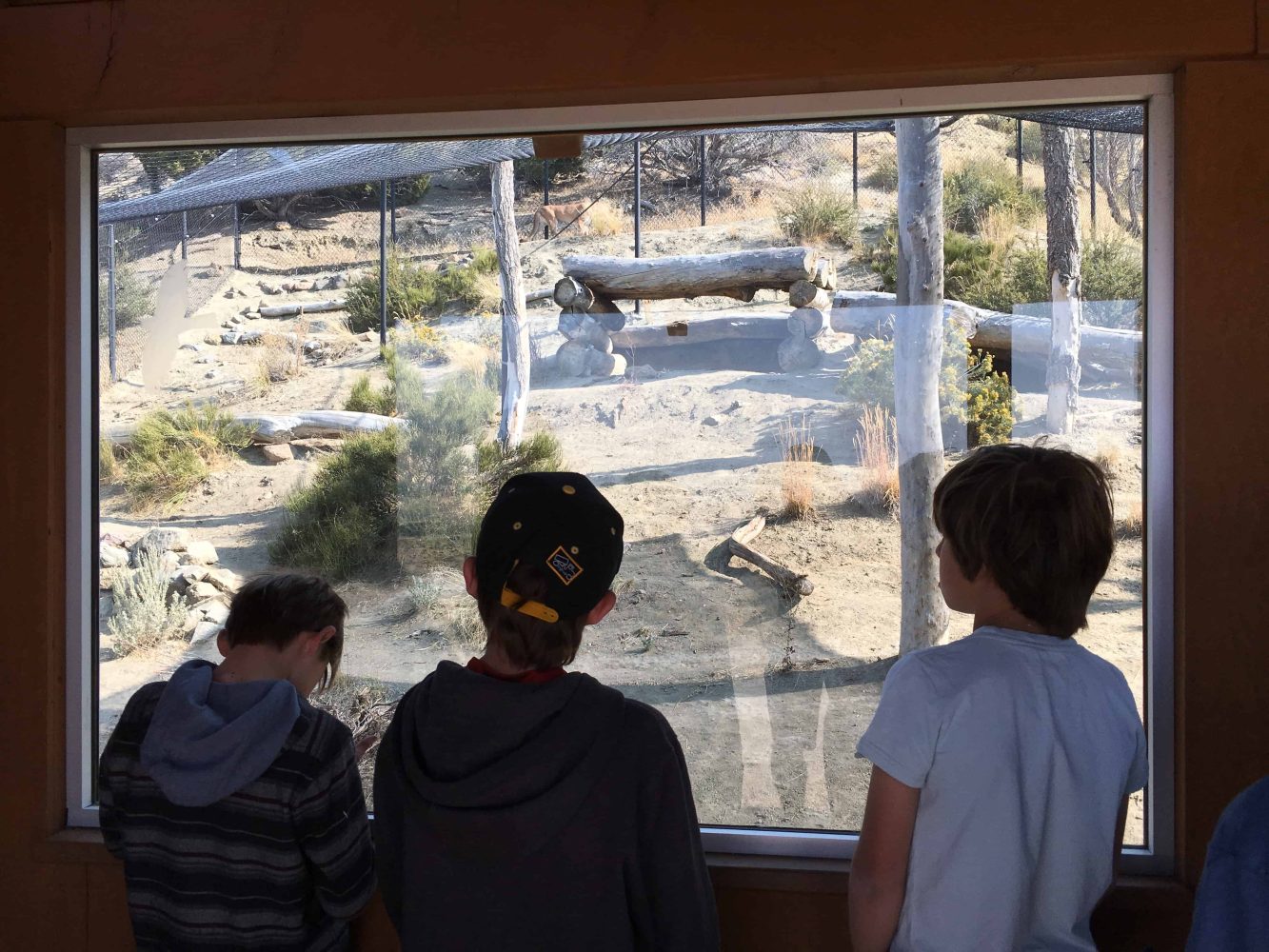
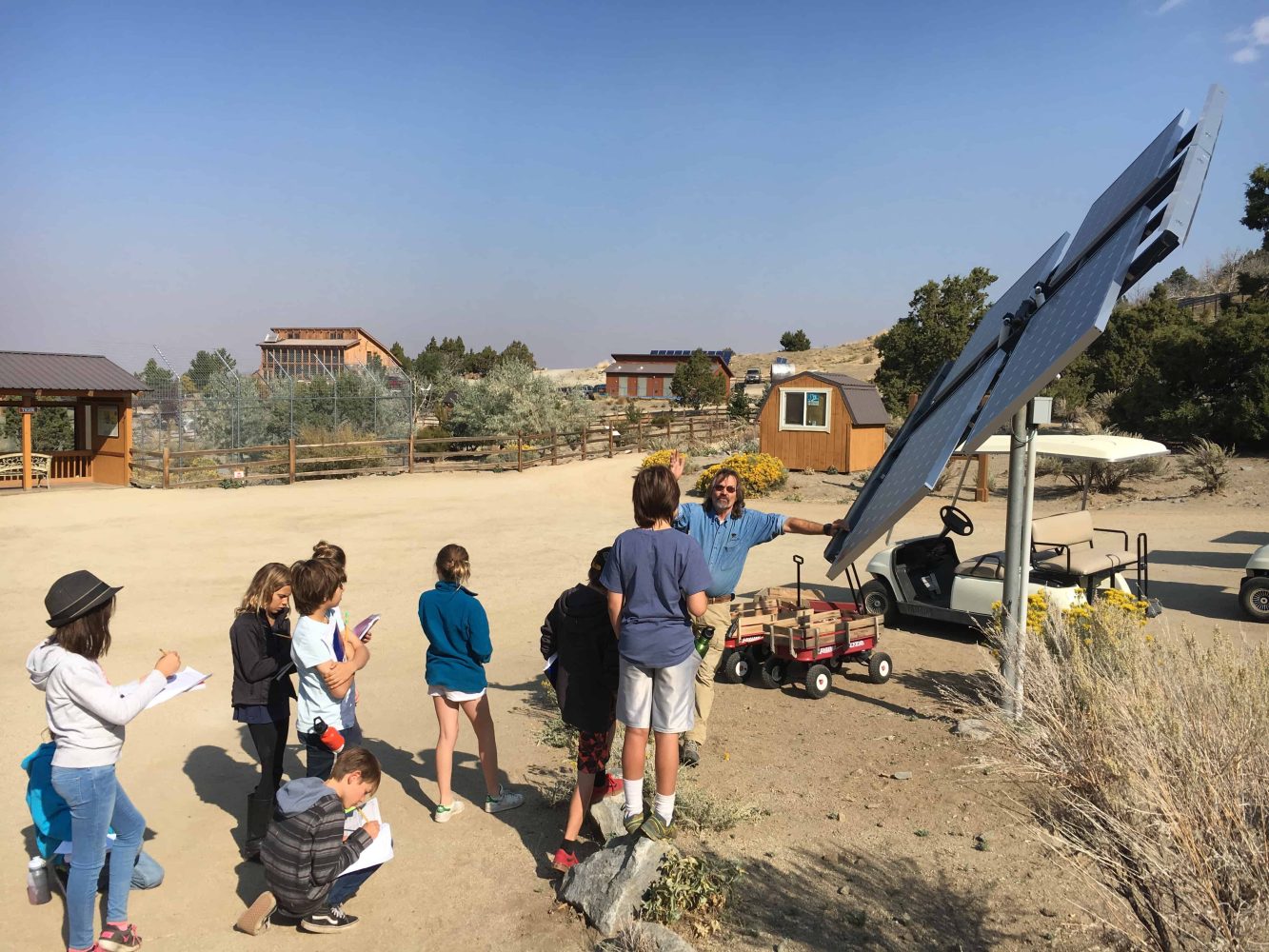
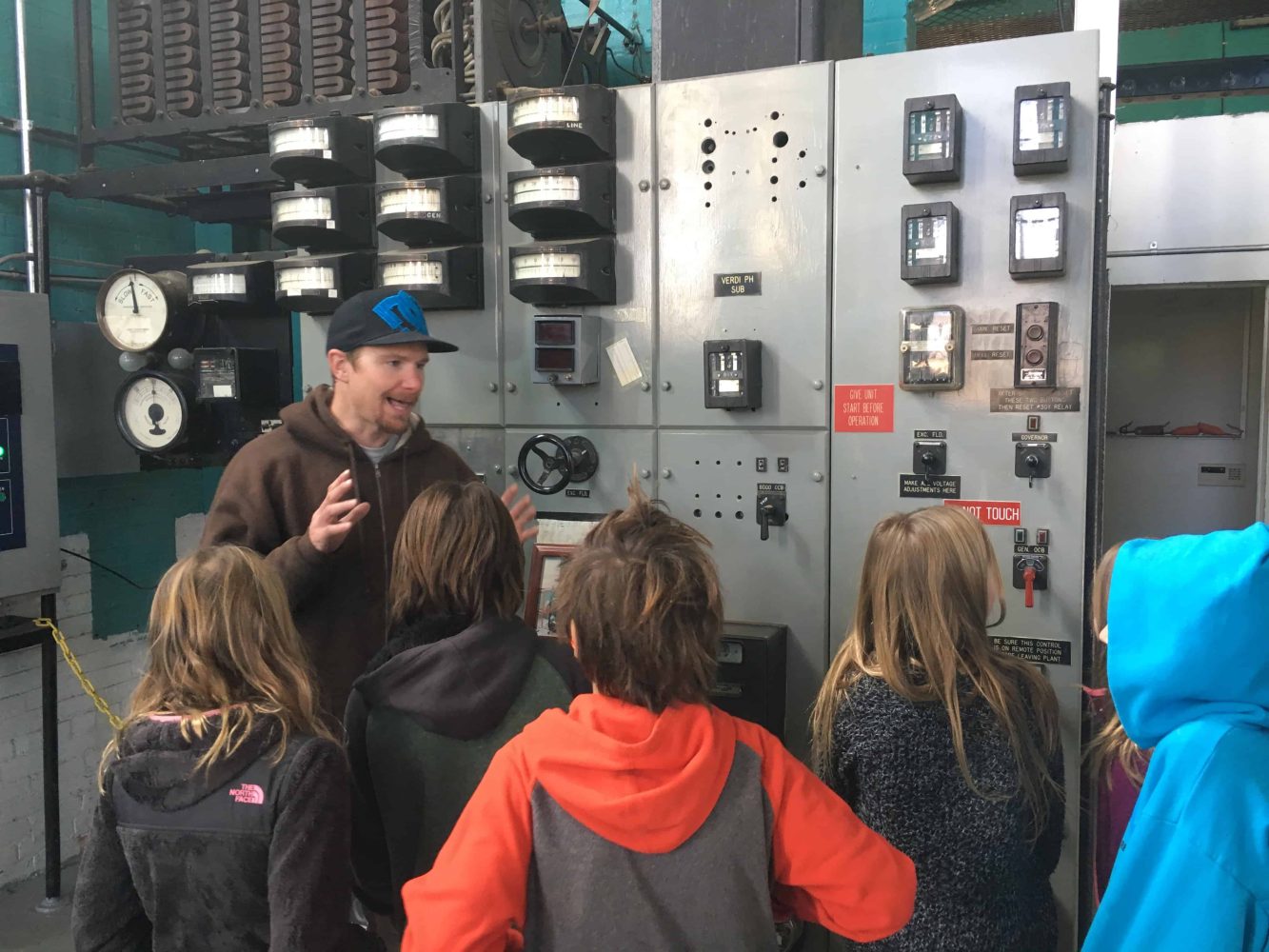
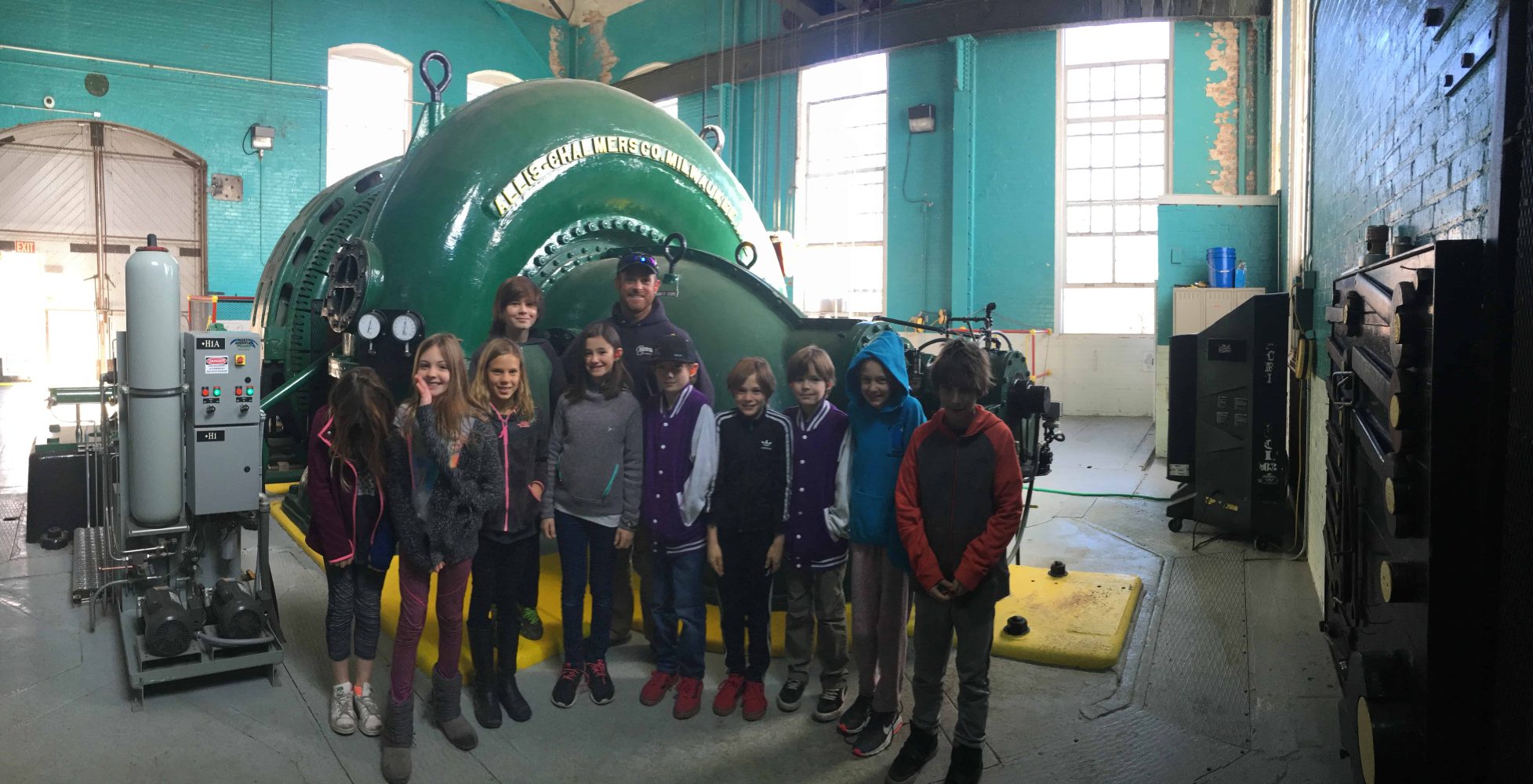
This semester-long learning expedition called Consumption Presumption focuses on sustainability, population growth, alternative energy, energy efficiency and green building.
With the knowledge gained through these first-hand experiences, it was now time to begin the design process. This process requires students to research, brainstorm with known requirements and constraints, develop, model, refine, and test their ideas with the end goal of producing a life-size workable solution to the problem that can be installed at The Animal Ark. The crew started by brainstorming ideas for The Animal Ark, as off the wall suggestions lead to great ideas. Next, they began to design, focusing in on the following questions:
Which brainstormed ideas are really possible, given our time, tools, and materials?
What constraints do we have to contend with?
What are some problems you need to solve as you build your project?
How can a sketch help clarify your design?
Next, the crew constructed a rubric for their Animal Ark ideas. The rubric addresses whether their idea actually solves the defined problem, determines if it is feasible, and meets the constraints that they were working within. They continued with sketches of their ideas and really begin to think about how their designs could be implemented. Over the next 4 weeks of school, the Crew created online 3D sketches of their designs, built scaled models and created persuasive essays on their designs that were presented to an authentic audience.
As an end to the project, the crew synthesizes their ideas and come to an agreement on one design that will be tested and built in order to be put in place at The Animal Ark by semester’s end. This is an amazing project that not only helps our students become fluent with the languages of STEAM, but it also does an excellent job developing several of our character-specific learner outcomes including stewardship, citizenship, and collaboration.
